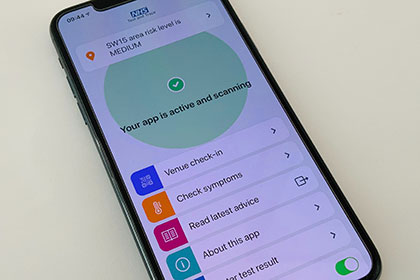The House of Commons Public Accounts Committee says the Government’s “quickly drawn up”, centrally-directed scheme to support those most vulnerable to covid-19 disease who were instructed to “shield” at home “suffered from the problems of poor data and a lack of joined up systems that we see all too often in government programmes”.
Echoing the government failure to make an economic plan for a pandemic, which PAC reported on last Spring, there was no pre-existing plan for shielding the clinically vulnerable. The Committee says government “took too long to identify some clinically vulnerable people at a time when their need was urgent”. Up to 800,000 people may have “slipped through the net and missed out on much-needed support” – MHCLG still does not know.
Subsequent engagement with local health bodies across the country “introduced a postcode lottery” with huge local variations in those added to the list of people eligible for government support. Those lists grew by 15% up to 352% in different local authority areas, and more than doubled in 33 authorities.
The Committee says “clearly government has learned lessons which have fed into more recent iterations of shielding”, including much greater understanding of the range of covid19 risk factors, where DHSC’s initial, purely clinical approach to vulnerability omitted key characteristics such as ethnicity, postcode and Body Mass Index. The Committee says MHCLG must ensure that local authorities “continue to have the capacity and resilience to support the needs of clinically extremely vulnerable people” given the huge increase in people advised to shield in February 2021 from 2.2 million to 3.9 million people.
Meg Hillier MP, Chair of the Public Accounts Committee said:
The shielding response in the Covid pandemic has particularly exposed the high human cost of the lack of planning for shielding in pandemic planning scenarios. It also highlights the perennial issue of poor data and joined up policy systems.
People were instructed to isolate, to protect themselves and others – but the cost of this protection was reduced access to living essentials like food, and an untold toll on the mental health and well-being of the already most vulnerable. There are questions still to be answered about the balance between central decision making and local knowledge – the increase in numbers of those advised to shield demonstrate the challenges of trying to deliver this programme centrally, as well as with the data held by the NHS.
Plans were eventually, sensibly devolved to local authorities. There needs to be a clear plan ahead for those with serious health conditions so they can access the support they need when they have no other support network.”







